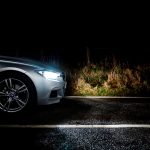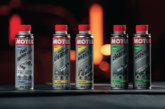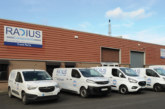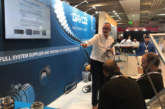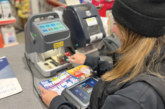When it comes to vehicle lighting, replacing bulbs in pairs is widely regarded as best practice. This means when customers walk into a motor factor looking for a new bulb they will actually need to buy two. PMF, along with Ring Automotive, explains why this is an opportunity to upsell.
Often overlooked as an area to add value, vehicle lighting is a simple and effective way for factors to increase their profits, whilst also ensuring that both their customers and vehicle owners benefit from this critical safety component.
But, it is about more than just replacing broken and faulty bulbs. Technicians should be assessing a customer’s external lights on each visit, offering upgrades and importantly replacing bulbs in pairs.
Lighting expert, Ring, explains why replacing bulbs in pairs is more beneficial to vehicle owners in the long run, providing a great opportunity for factors to upsell.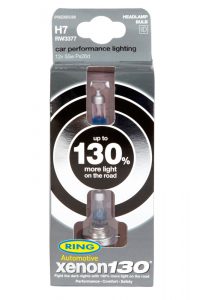
Why replace in pairs?
From brake lights to headlights, most bulbs are part of a paired lighting system. So, if one is blown, it is recommended that the second bulb is also replaced. This is better for the driver as longer term it will save both time and money.
Henry Bisson, Marketing Manager for Ring, comments: “In our experience and following extensive research at our state- of-the-art UK testing facility, the second bulb in a broken or faulty pair is likely to blow shortly afterwards too! When this happens, not only does the driver have to find the time to book in and organise the second replacement, but they also have to incur a second fitting fee – both inconvenient and an unnecessary expense.”
Consistent light output
By replacing bulbs in pairs, consistent light output will be delivered from both light units. 30% of MOT failures relate to lighting and signalling. For a car to pass the test, both bulbs must emit light of the same colour, size and shape. Therefore inconsistent output can lead to a failure.
Inconsistent light output also influences the overall effects of paired bulbs, reducing the amount of light on the road and compromising lighting’s role as a critical safety component. Bisson continues: “Replacing bulbs in pairs is crucial, especially when working with upgraded, performance bulbs. The vehicle owner, in choosing a performance bulb, has invested in key features and benefits, such as 130% more light on the road, in the case of Ring’s Xenon130. We sell these bulbs in pairs to encourage fitting them together and creating a consistent light output from the vehicle.”
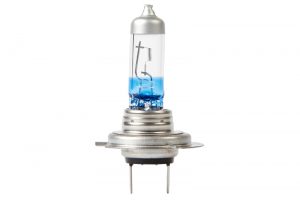
The health of a bulb
A detailed check of the bulb is imperative. Technicians should not just be acting upon a fault but also assessing the health of the bulbs. As an example, is the soot from the tungsten evaporating beginning to build up on the inside of the glass? If so, motorists should be advised that replacement is the best option.
Bisson concludes: “Replacing bulbs in pairs is not just to increase profits for the factor and their customers, it’s about providing the best advice to drivers, who pay technicians for their experience and expertise that keeps them safe on the road.”

